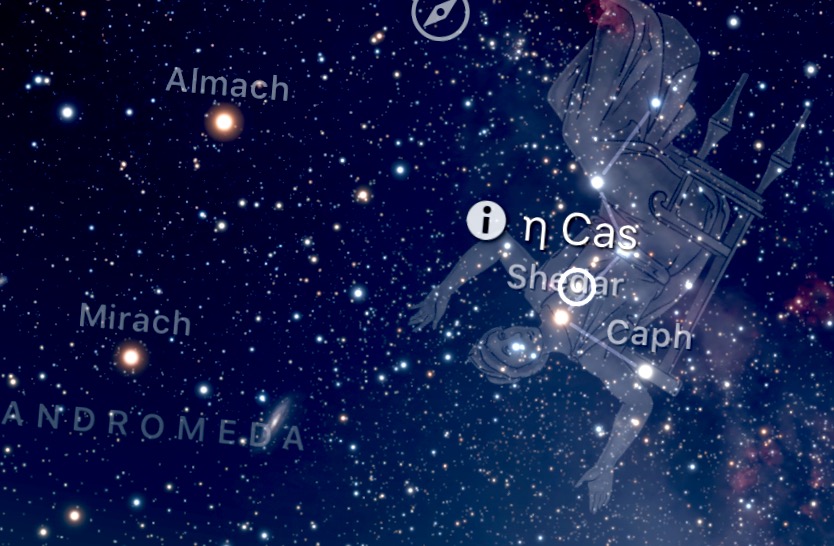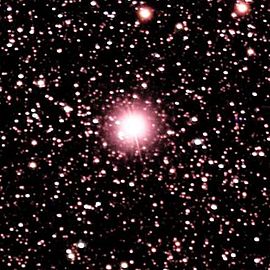Free eBook
Paradox will be FREE through Amazon this weekend, August 27-28. Get in a final read before school starts and immerse yourself in another world, the complexities of genetic splicing, chiral molecules, and a love that transcends the impossible.
Eta Cassiopeia

Another name for this star, circled right center, is Archid, found in the middle of the constellation Cassiopeia, the Queen. For you ultra nerdy types it is Right Ascention 00 hours, 50 minutes, Declination positive 57 degrees and 54 minutes. Only 19.4 light years away from our own sun, it is also a G-Type star (GV3) but appears slightly younger. Also known by several boring names that reflect its categorization, it can be seen near the PacMan Nebula and Shedar, the brightest, most southern star in the constellation, close to the Queen’s heart.
I chose this particular star for the next adventure in space that Captain Thomas Jackson and his crew will be traveling to. It has been designated as one of the top 100 candidates of nearby stars to harbor earth type planets, although this search was terminated a few years back when budget cuts came up. In the meantime, we science fiction writers will have a field day with it.
Our primary adventure will again focus on biology, but instead of genetics and chiral molecules, we’ll be investigating the domains of archaeal and bacterial life forms, and pharmaceuticals, or more precisely, the abuse thereof.
The Kiians return, the Pegasi return, and a bombshell awaits Jackson from his past, or perhaps it’s his future, that he must reconcile within himself, changing the fundamental theories of life and physics.
Moon Day

I like to challenge the brain on a regular basis. Now I’m going to challenge your brain. Don’t look up the answer on the internet right away, this is a private process for your brain only.
True or False: The nearest earth type planet discovered by humans is only 4 light years away.
Think about that for a minute. Four light years, if we could travel the speed of light, would take, well, four years to reach (at a speed of 186,000 miles per second, or seven times around the diameter of the earth). If we could go ten times the speed of light, it would still take more almost five months (speed of 1,860,000 miles per second). It takes eight minutes for the light of our sun to reach the earth. Four light years is pretty far away. At 17,000 mph, the current average space shuttle speed, it would take 165,000 years to reach a planet 4 light years from here.
And the truth is the closest earth-like planet discovered is 11.9 light yeas away around the sun-like star Tau Ceti. Now triple all the figures above. Half a million years to get there with today’s technology? That’s the disappointing fact. Even a generational ship is a pretty far stretch of the imagination. And yet we still dream of discovering life on other planets, shaking hands with extra terrestrials, or at least finding an amoebae we can bring home in a Petri dish. So what do we do?
We keep hunting nearby, we keep studying whatever we can, and we don’t stop reaching for the stars.